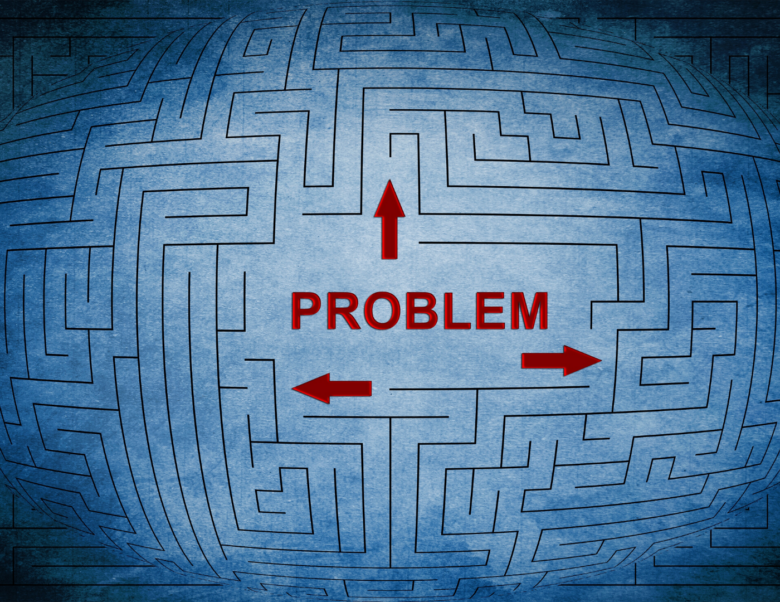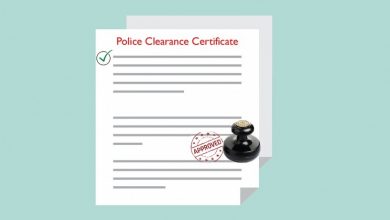
How to Properly Structure Your Essay
The fundamental structure of an essay contains three things –
- The Introduction, where you introduce your audience with your writing and provide a concise version of what’s about to come.
- The Body, where you elaborate the entire context of the article and let everyone know your arguments and counter-arguments regarding the same.
- The conclusion, where you offer a recap of your entire article and provide a verdict on your own. It can also help you sum up the entire essay in a better manner.
Now, this is something almost anyone can do effortlessly.
However, what most people find to be difficult is organizing the information available within the body. That’s why, in this article, we’re going to solely focus on this problem.
Let’s keep reading, then.
The Basic Content Structure

We’ve already shared an idea of how the fundamental content structure should look like.
Thus, in this section, we’ll try to elaborate the same a little more. In order to make it easier for you to understand, we have offered the information in a tabular format.
Hopefully, it will help you with whatever you are looking for.
| Part of the Essay | What Should You Write? |
| Introduction |
|
| Body |
|
| Conclusion |
|
Order of Information
Now, as you’ve learned about the structure, let’s find out how the order of information should look like. So, the first argument you’re presenting in the article should always be simple.
But, as you move forward, the complexity of the same will keep increasing.
Secondly, if you want to give background information on your topic, make sure to write these at the beginning. The general backdrop should be presented in the introduction. If you want to add something else, do it at the start of the body and move forward with the arguments.
Thirdly, whatever you are writing in the essay must be related to the thesis you have presented in the introduction. Ensure that every text is expressing the information’s relevance clearly.
The Chronological Structure

Otherwise known as the cause-and-effect structure, the chronological approach is the simplest way of creating an essay structure. In this case, you’ll only need to mention the events as they have occurred. And along the way, you have to say how they are related to each other too.
Following a chronological structure may be ideal when your article is talking about a series of events. This way, it will be easier for you to connect them and present the data, like you do while writing a story. However, try to not stick to the same structure always.
In any case, here’s how a chronological structure might look like –
| Part of the Essay | What Should You Write? |
| Introduction |
|
| Body | Event 1:
Event 2:
Event 3:
|
| Conclusion |
|
The Compare-and-Contrast Structure
Does your essay have more than one subject to focus on? Well, in that case, it might be best to use the ‘compare and contrast’ structure in your case. An essay on a literary analysis might be an excellent example here, as you have to compare between two different texts here.
On the other hand, writing an argumentative essay will focus on comparing the strengths of an argument or two. So, comparing and contrasting between them will be ideal for your purpose.
Usually, the compare-and-contrast structure can be used in two different methods, including –
- The Alternating Approach: With this method, each of the paragraphs will focus on a common point of comparison and contrast between them. Each of these arguments can only take one paragraph and not more.
- The Block Approach: In this case, every subject must be covered in a single go. But, if you want, you can spread them in more than a single paragraph. You can talk about an argument in the first para and then move onto the second accordingly. Now, once it is done, you can make the comparison between the first argument in the third para.
The Problem-Methods-Solutions Structure

This approach will only be applicable to an article that focuses on a specific problem. It may be either theoretical or practical. In any case, the structure will remain the same always.
This is how the structure might seem like –
- You should start the article by defining the problem your essay is talking about.
- Now, you have to characterize the problem and tell how it’s hindering your progress.
- Finally, analyze the problem from a general viewpoint and share a solution to it.
If the issue is theoretical, you may solve it through a thorough evaluation of your choices. But if something as such can’t be done, you can also write the proposed solution accordingly.
The template of this structure might look something like this –
| Part of the Essay | What Should You Write? |
| Introduction |
|
| Body | Problem
Method
Solution
|
| Conclusion |
|
The Bottom Line
So, there you go.
We hope now you have an idea about how an essay should be structured.
However, if you still don’t have any idea about how you must structure the essay, make sure to opt for someone like Fresh Essays. They can write your essay within the provided deadline.
No muss, no fuss.




